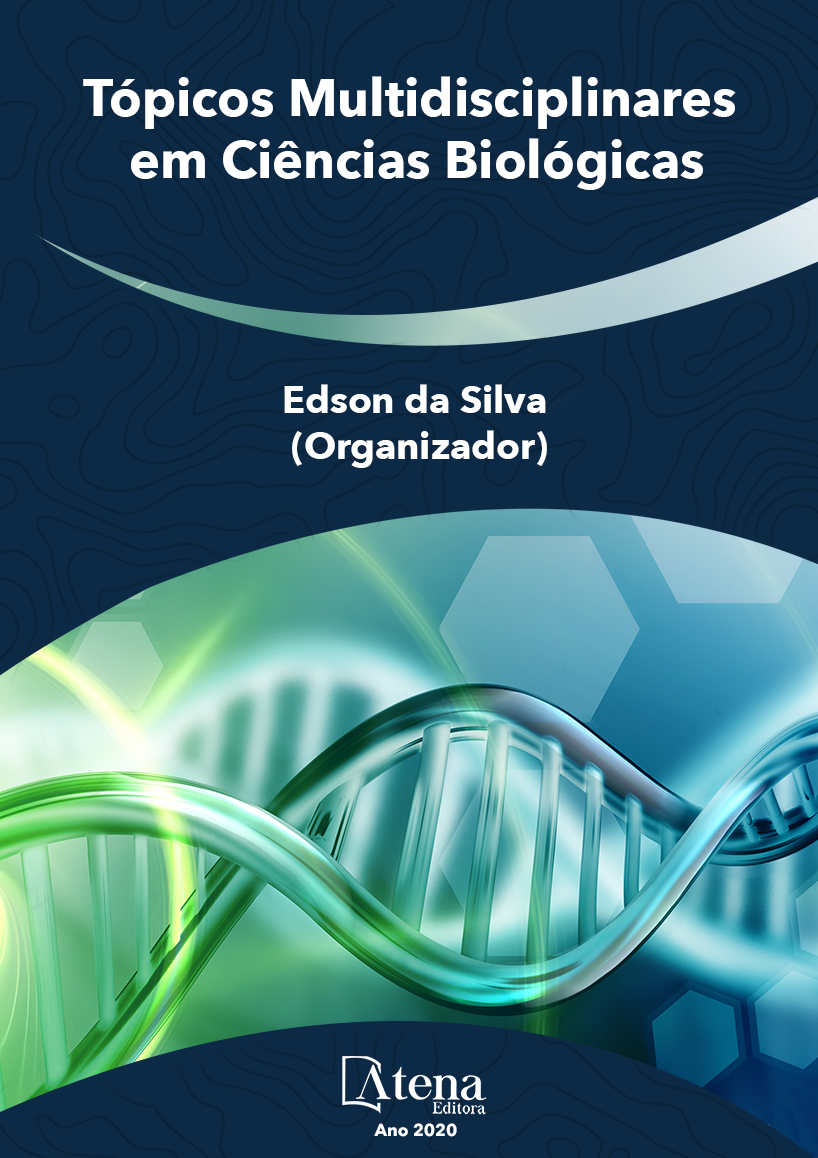
Avaliação da atividade hidrolítica de lipases obtidas de novas fontes vegetais: Moringa e Girassol
O estudo de novas fontes vegetais
para a produção de enzimas lipolíticas tem se
tornado alvo de várias pesquisas, em especial
devido a possibilidade do uso ainda na forma
de extrato bruto e a facilidade na obtenção
destes biocatalisadores. Porém, informações
na literatura sobre lipases de fontes vegetais,
em especial de moringa e girassol, ainda
são escassas. Portanto, este trabalho teve
como objetivo extrair lipases a partir das
sementes germinadas de moringa e girassol e
avaliar o potencial hidrolítico dessas enzimas
lipolíticas. A atividade hidrolítica dos extratos
bruto foram avaliadas em diferentes tempos
de desengorduramento (1, 2 e 3 horas). A
maior atividade hidrolítica obtida no extrato
de girassol foi com tempo de 3h de extração
(468,85±3,78 U/g), já o de moringa apresentou
maior atividade no tempo de 1 h (437,57±5,31
U/g). Para ambas fontes vegetais de lipases,
o estudo do efeito do pH demonstrou maior
atividade na faixa de 4,0. Neste pH a atividade
hidrolítica na reação de hidrólise do azeite de
oliva foi de 841,16±11,07 U/g para semente de
girassol e 790,29±10,49 U/g para semente de
moringa. A maior atividade para as enzimas
lipolíticas foi na temperatura de 40 °C, obtendo
990±32,04 e 1463±9,12 U/g para semente de
girassol e moringa, respectivamente.
Avaliação da atividade hidrolítica de lipases obtidas de novas fontes vegetais: Moringa e Girassol
-
DOI: 10.22533/at.ed.7142030011
-
Palavras-chave: lipase, moringa, girassol
-
Keywords: lipase, moringa, sunflower
-
Abstract:
The study of new plant sources
for the production of lipolytic enzymes has
become the target of several researches,
especially due to the possibility of its use in
the form of crude extract and the ease of obtaining these biocatalysts. However, information in the literature about lipases from
plant sources, especially moringa and sunflower, is still scarce. Therefore, this work
aimed to extract lipases from the germinated seeds of moringa and sunflower and to
evaluate the hydrolytic potential of these lipolytic enzymes. The hydrolytic activity of
the crude extracts were evaluated at different degreasing times (1, 2 and 3 hours).
The highest hydrolytic activity obtained in sunflower extract was with 3h extraction time
(468.85±3.78 U/g), whereas moringa showed the highest activity in 1h (437.57±5.31
U/g). In both plant sources of lipases, the study of the pH effect showed greater activity
in the range of 4.0. At the pH 4.0 the hydrolytic activity in the hydrolysis reaction of
olive oil was 841.16±11.07 U/g for sunflower seed and 790.29±10.49 U/g for moringa
seed. The highest activity for lipolytic enzymes was at 40 °C, yielding 990±32.04 and
1463±9.12U/g for sunflower and moringa seeds, respectively.
-
Número de páginas: 11
- Álvaro Silva Lima
- Alini Tinoco Fricks
- Cleide Mara Faria Soares
- Flávia Michelle Silva Santos


